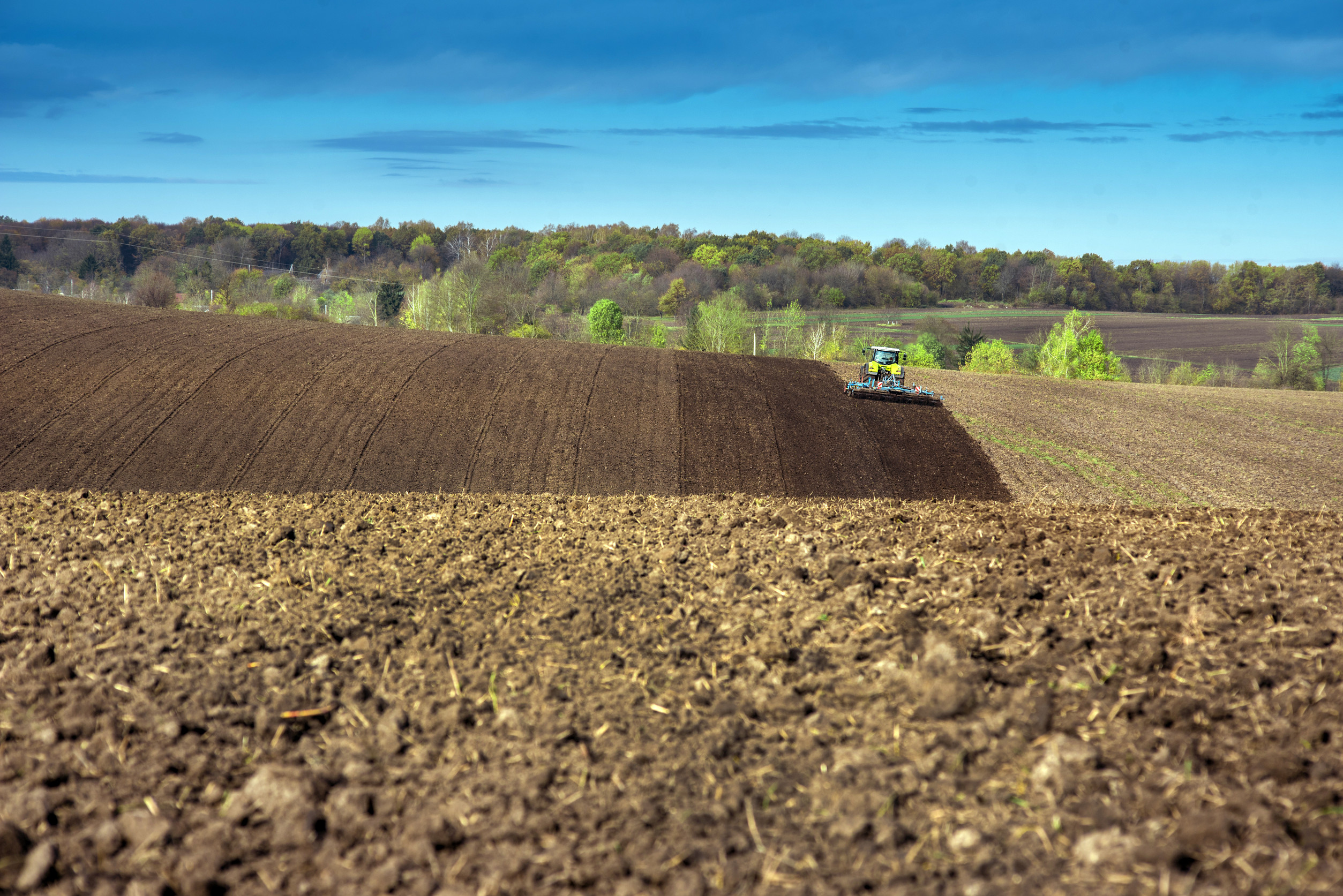Producing cement takes a massive toll on the environment. In fact, the energy-intensive process of making cement accounts for around 5 percent of global CO2 emissions. Researchers have turned to irradiated plastic bottles and tweaking calcium levels to improve cement production in the past, and now they have turned to volcanic ash, which they say has a number of advantages an ingredient in the cement manufacturing recipe. Volcanic ash is abundant around active and inactive volcanoes, its natural properties make it strong, and using it to make cement requires less energy than when making traditional cement.

How volcanic ash can help make cement stronger and greener
More of Today's Solutions
Try this simple breathing exercise to rid yourself of cold hands and feet
Do you often find that your hands and feet are colder than the rest of your body? This can be perplexing, especially when gloves ...
Read MoreRoman jars reveal the secrets of ancient winemaking
Archaeologists are still putting the full story of human history together. From the discovery of a Viking shipyard in Sweden to the Sistine Chapel ...
Read MoreCancer detection breakthrough revealed via butterfly-inspired imaging
In the world of sensory perception, other creatures frequently outperform humans. A research team has created an imaging sensor that looks into the elusive ultraviolet ...
Read MoreAdvancements in vision restoration: CRISPR gives hope to patients
In a revolutionary development, CRISPR gene editing emerged as a beacon of hope for people suffering from genetic blindness. The results of a Phase ...
Read More








